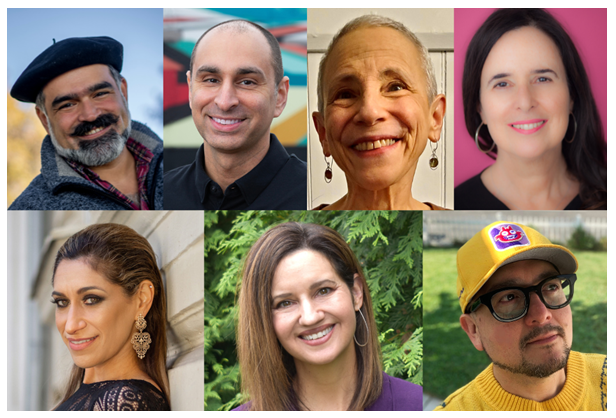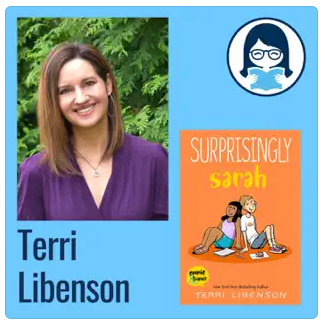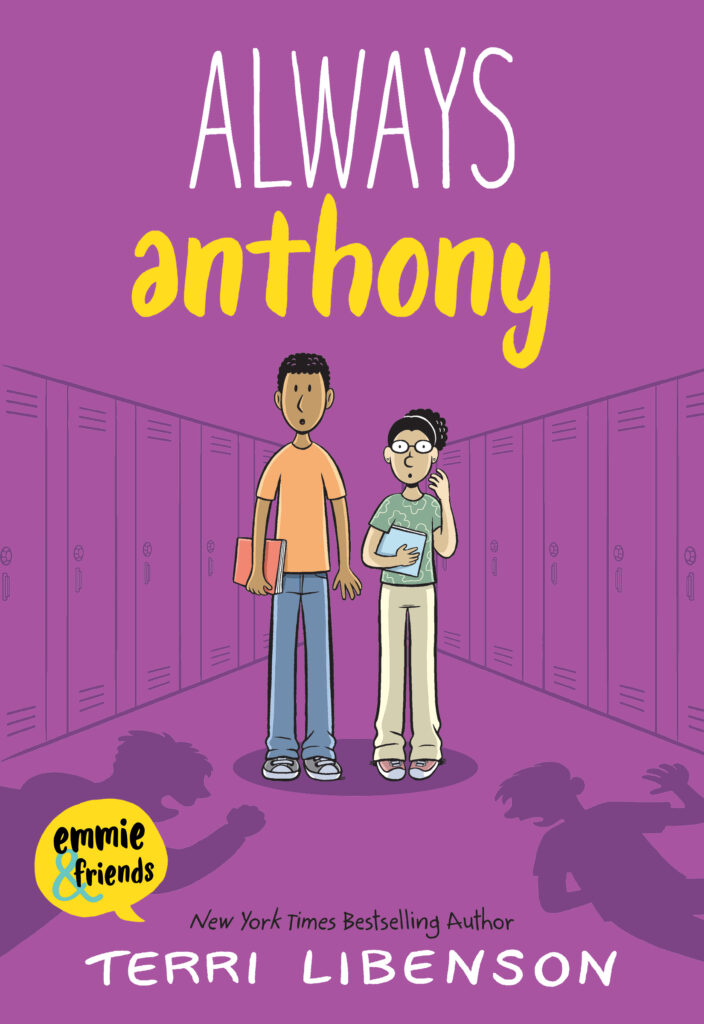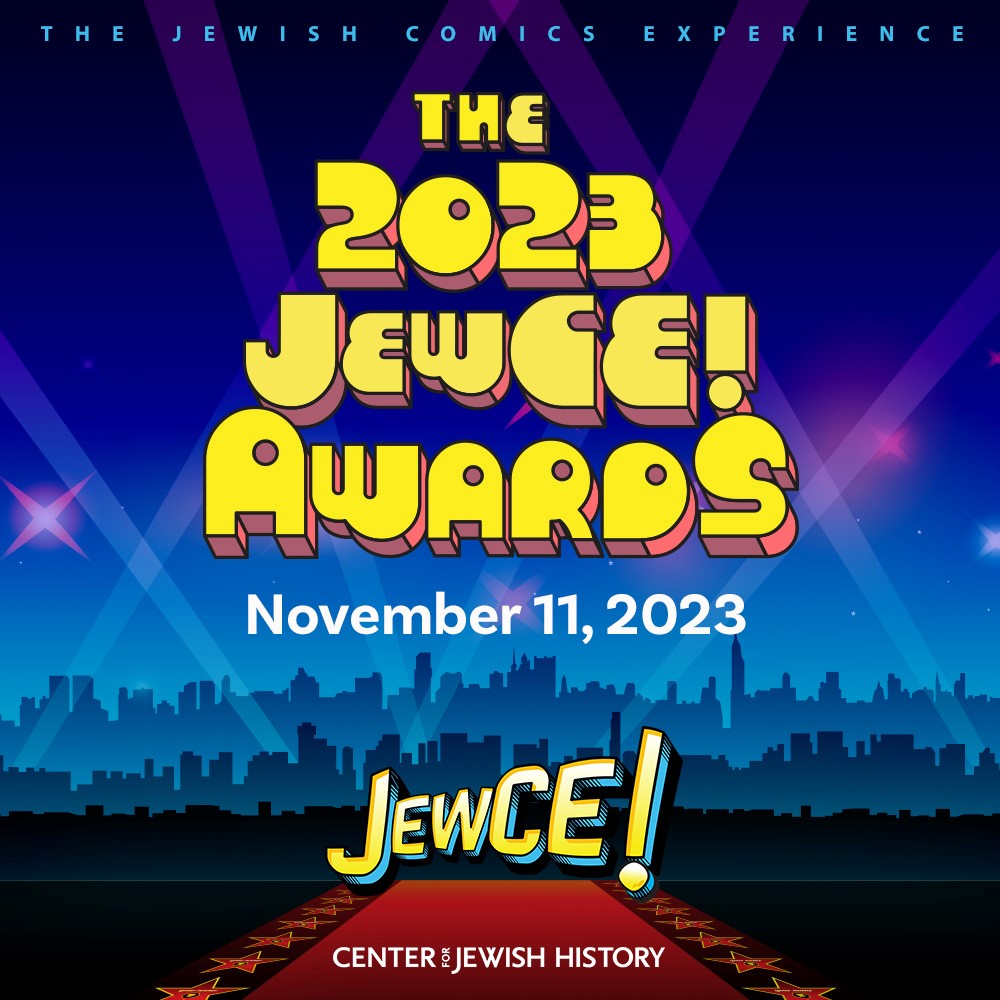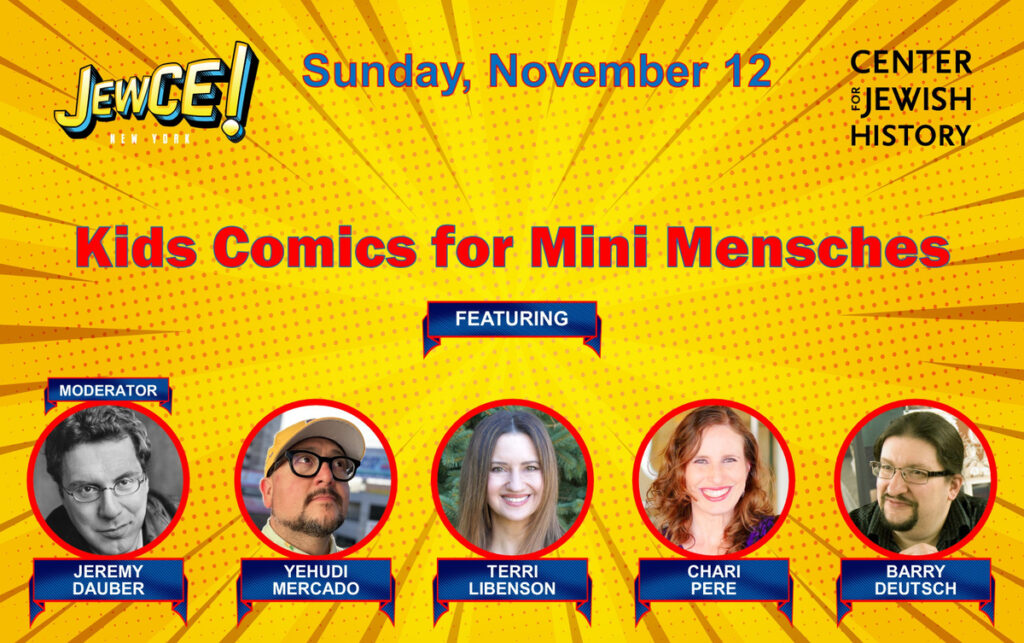The Name Game

Often, when I’m speaking at a school or library, I’ll be asked about character names in my stories. Specifically, where they came from. Were they named after people I know? People I love? People I hate? How’d I first come up with “Emmie?” “Izzy?” And so on.
I have so, so, SO many characters that sometimes I can’t even remember the origins of their names. Therefore, I thought it might be fun to compile a list of them; if anything, maybe it’ll help jog my memory.
So here you go, dear readers: the semi-complete (I’m know I’m missing some*) list of main characters, secondary and minor characters, and all their name origins. Buckle up, it’s a long one. Note: strangely, most of the main characters’ names are totally made up while many of the minor characters’ have special meaning!

Emmie: Ah, where it all began. Admittedly, like many of the other names, “Emmie” was used for title purposes only. I knew I wanted the adjective “Invisible,” and “Emmie” just flowed well with it. But I truly think her name fits her; it’s sweet, youthful, and unassuming.
Izzy: Echoing “Emmie,” “Izzy” flowed well with “Positively,” an adjective I had in mind for the title. I love that it’s a little retro, which – if you’ve read the book – works perfectly.
Brianna, Tyler, Maya, Mia, and Leo: these were just names I selected arbitrarily. I was searching for contemporary, youthful, tween-ish names online, and they met the criteria. Funny, though: much like with real kids, I think the characters have grown into their names. I can’t imagine them having any other names than their own.
Jaime: This was a very strategic name. Originally it was supposed to be “Jasmine,” but JUST JASMINE was already taken (by a website or a show or something), and I didn’t want to compete. I wanted to keep “Just” in the title (so perfect), and nothing combined with it as well as a “J” name. So, “Jaime” was chosen.
Ruby: Ruby was the first character whose name I especially chose for her personality. Previously, she was just known for her moniker, “Baked Bean Girl,” and I thought she deserved a real name that complimented her. She seemed like a “Ruby” from the start. In this case, “Ruby” came before the title adjective, “Remarkably.”
Sarah: I chose her name waaay back while writing INVISIBLE EMMIE, and I’m pretty sure I named her for my niece.
Anthony: He is named after a nephew. By the way, I don’t actively seek out special characters to name after relatives, it’s very random (whoever comes to mind at the time I’m writing).
Now here’s where it gets fun. These are all the secondary and background characters I’ve named after loved ones:
INVISIBLE EMMIE:
- Trina and Brandon (Emmie’s older siblings): these are close to my own siblings’ names, Tina and Brad
- Ms. Regas (librarian): friend’s maiden name; she also happens to be a librarian
POSITIVELY IZZY:
- Mrs. Wodaski: friend’s last name
- Ben: named for my dad, who passed away long ago
- Hannah: my niece
- Ava, Quinn, Bill, Carrie: family friends
- Miss Gelb (teacher): friend’s maiden name
- Mr. Reukauf (teacher): friend’s last name
JUST JAIME:
- Madam Zukosky (French teacher): friend’s maiden name
BECOMING BRIANNA:
- Cantor Jordana Caruso-Sager: named for three clergy members at my synagogue
- Rabbi Nosanchuk: named for the rabbi who conducted my daughters’ bat mitzvahs (looks like him, too, but in real life, he’s much younger)
- Ashley (Bri’s aunt): my niece
- Tina (Bri’s aunt’s wife): my sister
- Brad (Bri’s cousin): my brother
- Molly (Bri’s cousin): my daughter (different spelling)
- Gabriella (Bri’s cousin): my niece
TRULY TYLER:
- Jonathan and Eli (Tyler’s brother Zach’s friends): my nephews
REMARKABLY RUBY:
- Gabi: my niece (yes, I have many nieces and nephews!)
- Trevor: admittedly, after Trevor Noah, one of my favorite comedians (and low-key crush)
- Mrs. Mayer: a friend (last name)
- Rutter Elementary: not a person, but named after the elementary school I went to, Rutter Ave (since torn down, boo)
SURPRISINGLY SARAH:
- Ben Friedman: also named for my dad (first name). I had forgotten that I’d used the name “Ben” previously; yep, my memory isn’t the greatest.
ALWAYS ANTHONY (coming soon!):
- Nikki Lourde: my younger daughter’s (first) name
- Mollie (Leah’s great aunt): my older daughter’s name
- Michael Ruben: my husband’s (first) name
- Jesse: my nephew
And here’s a list of arbitrary ones (those I made up or looked up for culturally appropriate names):
INVISIBLE EMMIE: Katie, Joe Lungo, Lindsay Donsky, Kyle Duncan, Mrs. Winn
POSITIVELY IZZY: Danielle, Becca, Dev Devar
JUST JAIME: Celia, Grace
BECOMING BRIANNA: Zoe Torres, Olivia Frank
TRULY TYLER: Zachary Ross, Ms. Laurie, Malik, Ethan, Coach Durdle
REMARKABLY RUBY: Juan, Leah Ruben, Josh Bentz, Keya Devar
SURPRISINGLY SARAH: Adam Weller, Laney, Sophia Friedman
ALWAYS ANTHONY (coming soon!): Lulu and Jada, Lucas & Eddie
After writing this, I realize (gasp) I still have many relatives and friends unaccounted for. Hmm, I think we know what that means…
…I’ll have to write more books!
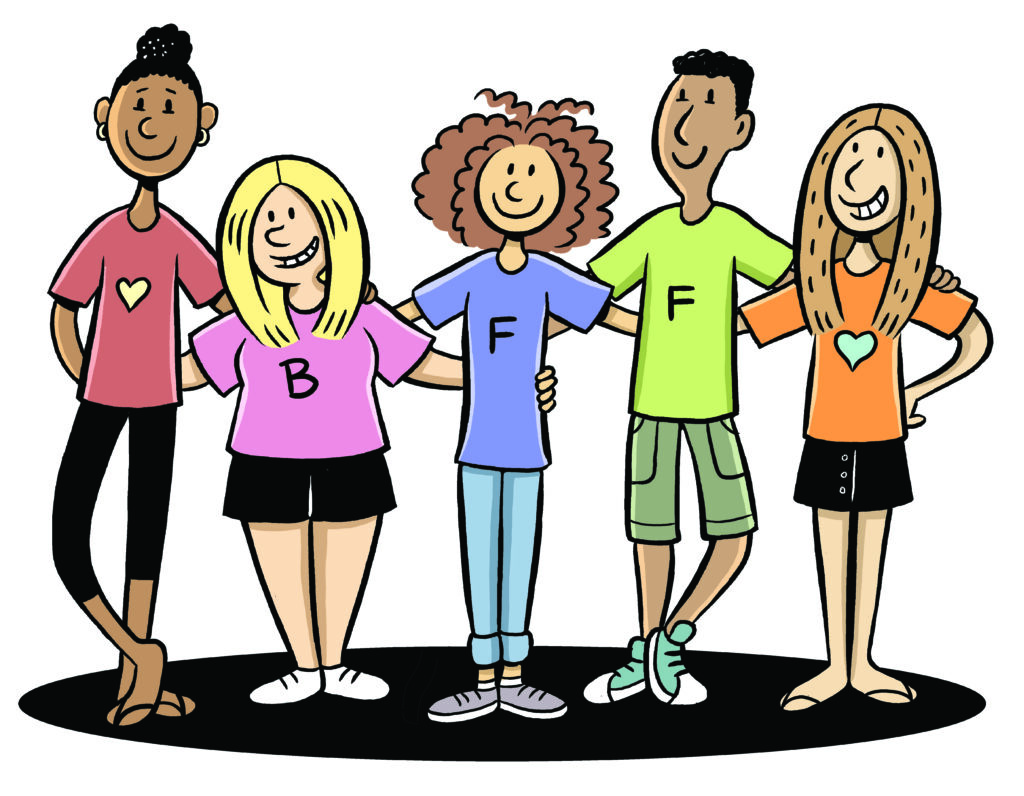
*I’ve come to realize:
- there are peoples’ names I KNOW I used that for the life of me I cannot find. But I swear they’re there.
- some of the names I’ve used have been lost in discarded first drafts. But I’ve made note and will bring them back!

